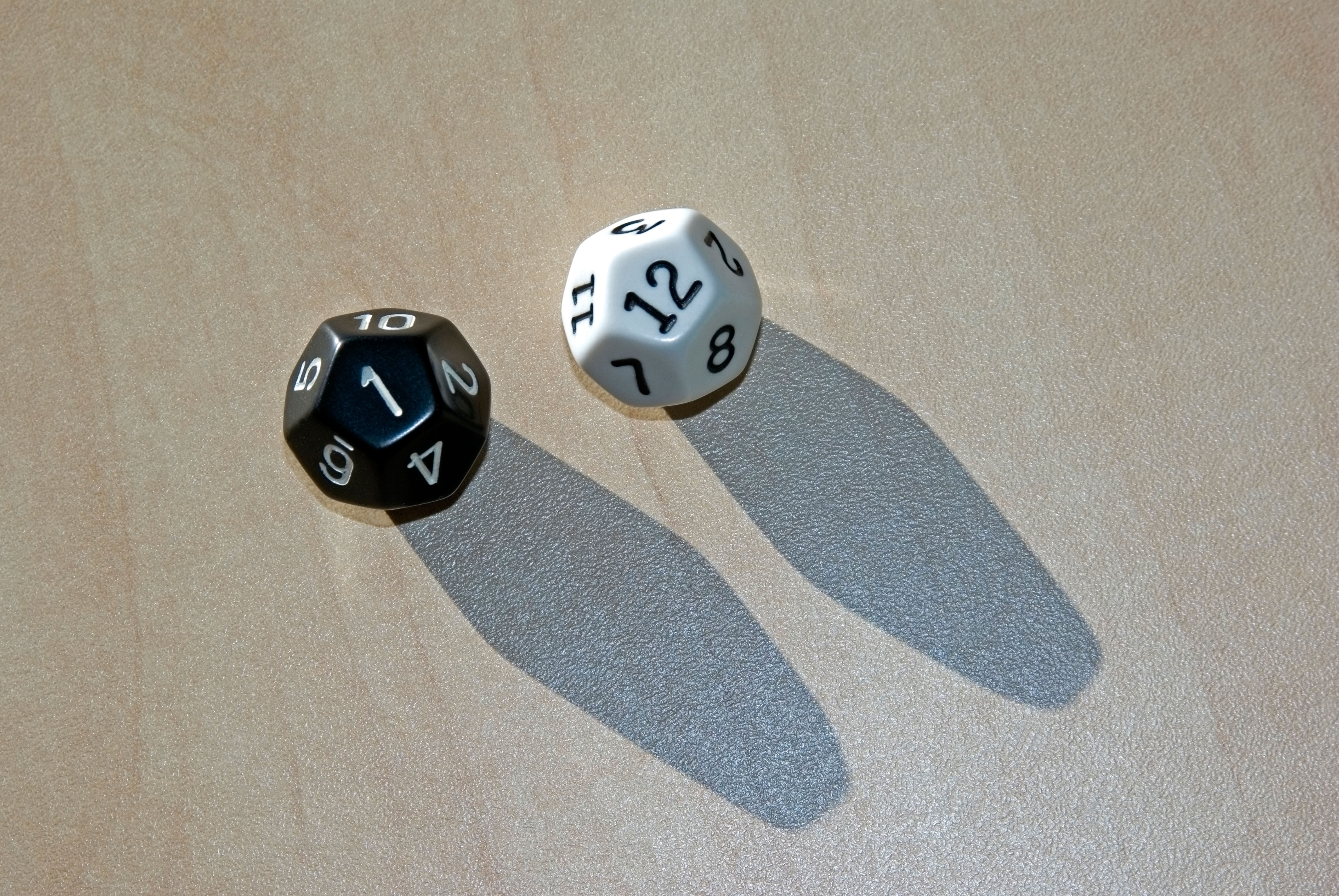What’s a Signature Worth?
1.1 SINGLE-SAMPLE t TEST: WHAT’S A SIGNATURE WORTH?1 of 11
Welcome
What’s a Signature Worth?
Authors:
Kelly M. Goedert, Seton Hall University
Susan A. Nolan, Seton Hall University
Kaylise D. Algrim, Seton Hall University
Before the internet age, signatures didn’t just sign off on your decisions. They also showed off your style, provided reassurance to others, and legally proved you were really you. Now, e-signatures and other digital types of identity verification are faster and easier for many types of transactions. Does this matter in any meaningful way?
A series of studies looked at the psychological difference between e-signatures and handwritten signatures (Chou, 2015). In an objective way, digital signatures verify the same things as handwritten signatures; however, subjectively, they may not hold the same meaning. Researchers hypothesized that the potentially less meaningful nature of e-signatures may mean that e-signatures might lead to cheating and dishonesty in ways that handwritten signatures do not (Chou, 2015).

1.2 SINGLE-SAMPLE t TEST: WHAT’S A SIGNATURE WORTH?2 of 11
Let’s explore one of the studies that pitted e-signatures against hand-written signatures. Participants rolled a pair of 12-sided dice and self-reported their scores to the experimenters (Chou, 2015). Each participant’s score translated into raffle tickets for a $50 prize. So, rolling two ones meant two raffle tickets and rolling two twelves meant 24 raffle tickets. The experimenters didn’t see what they rolled – an ideal opportunity to cheat! How did signatures fit in? The experimenters randomly assigned research participants to one of two groups: Before rolling the dice, participants in one group verified that they understood the rules by signing their name by hand, whereas participants in the second group confirmed their identity with a version of an e-signature.

Hint: Remember that the low score is two, not zero.
1.3 SINGLE-SAMPLE t TEST: WHAT’S A SIGNATURE WORTH?3 of 11
Assuming no one is cheating, participants in both groups should have rolled an average of 13 for a pair of 12-sided dice. This average of 13 is the population mean in this example, assuming no cheating. The researchers conducted two single-sample t tests – one for each group comparing its mean to the expected mean (the population mean) of 13. Here are the results:
(M = 12.89, SD = 3.98), t(27) = –0.14, p = 0.88
E-signature condition:
(M = 14.97, SD = 5.05), t(30) = 2.17, p = 0.03
1.4 SINGLE-SAMPLE t TEST: WHAT’S A SIGNATURE WORTH?4 of 11
(M = 12.89, SD = 3.98), t(27) = –0.14, p = 0.88
E-signature condition:
(M = 14.97, SD = 5.05), t(30) = 2.17, p = 0.03
1.5 SINGLE-SAMPLE t TEST: WHAT’S A SIGNATURE WORTH?5 of 11
(M = 12.89, SD = 3.98), t(27) = –0.14, p = 0.88
E-signature condition:
(M = 14.97, SD = 5.05), t(30) = 2.17, p = 0.03
1.6 SINGLE-SAMPLE t TEST: WHAT’S A SIGNATURE WORTH?6 of 11
(M = 12.89, SD = 3.98), t(27) = –0.14, p = 0.88
E-signature condition:
(M = 14.97, SD = 5.05), t(30) = 2.17, p = 0.03
1.7 SINGLE-SAMPLE t TEST: WHAT’S A SIGNATURE WORTH?7 of 11
(M = 12.89, SD = 3.98), t(27) = –0.14, p = 0.88
E-signature condition:
(M = 14.97, SD = 5.05), t(30) = 2.17, p = 0.03
1.8 SINGLE-SAMPLE t TEST: WHAT’S A SIGNATURE WORTH?8 of 11
(M = 12.89, SD = 3.98), t(27) = –0.14, p = 0.88
E-signature condition:
(M = 14.97, SD = 5.05), t(30) = 2.17, p = 0.03
1.9 SINGLE-SAMPLE t TEST: WHAT’S A SIGNATURE WORTH?9 of 11
(M = 12.89, SD = 3.98), t(27) = –0.14, p = 0.88
E-signature condition:
(M = 14.97, SD = 5.05), t(30) = 2.17, p = 0.03
1.10 SINGLE-SAMPLE t TEST: WHAT’S A SIGNATURE WORTH?10 of 11
(M = 12.89, SD = 3.98), t(27) = –0.14, p = 0.88
E-signature condition:
(M = 14.97, SD = 5.05), t(30) = 2.17, p = 0.03
1.11 SINGLE-SAMPLE t TEST: WHAT’S A SIGNATURE WORTH?11 of 11
The bottom line: We have evidence that e-signatures, but not handwritten signatures, don’t seem to bind people to their word. Earlier you said that you [decision] that e-signatures lead to cheating and handwritten signatures don’t. Now you know: If you’re in a position to get signatures, opt for the old-school kind.
REFERENCES
Chou, E. Y. (2015). What’s in a name? The toll e-signatures take on individual honesty. Journal of Experimental Social Psychology, 61 84–95. https://doi.org/10.1016/j.jesp.2015.07.010